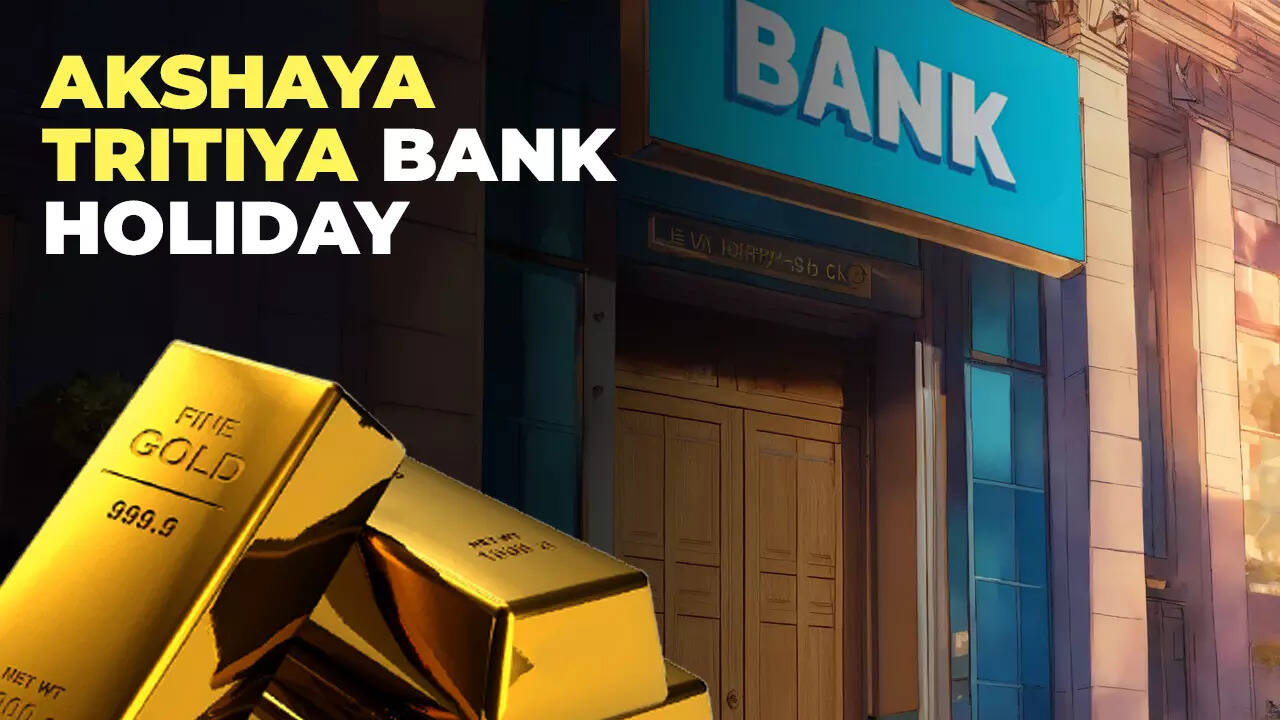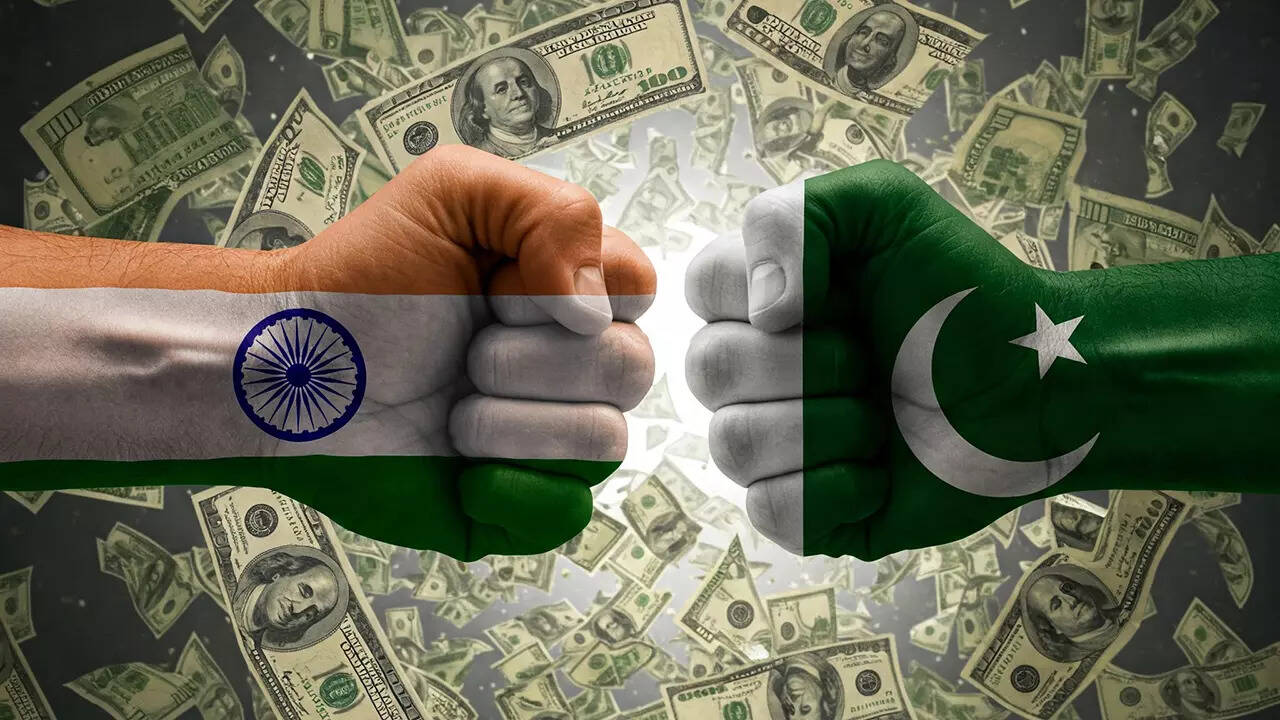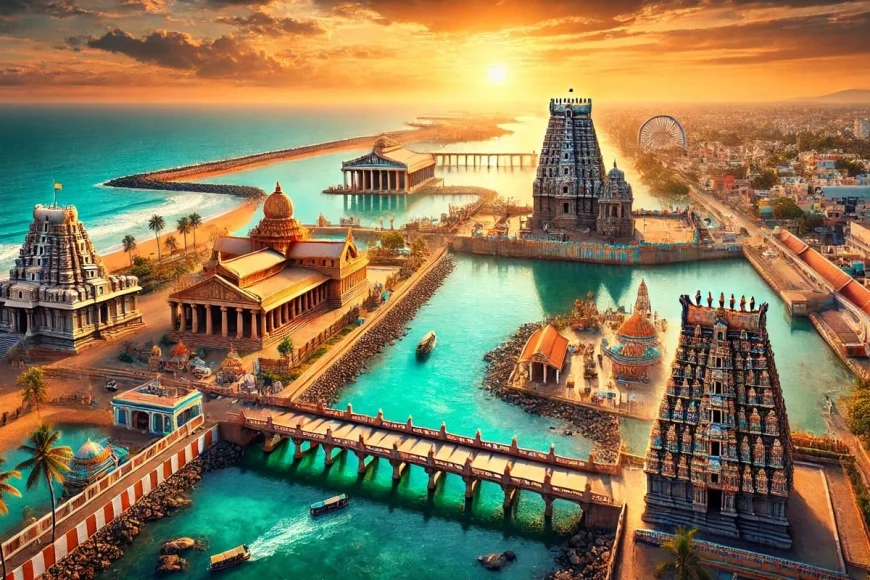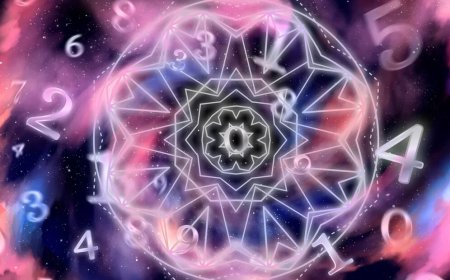For children: When the Greeks, Shakas, Parthians, and Kushanas made a pitstop in ancient India

Join our WhatsApp Community to receive travel deals, free stays, and special offers!
- Join Now -
Join our WhatsApp Community to receive travel deals, free stays, and special offers!
- Join Now -

In the fourth century BCE, as Alexander stomped cross-continent from Macedonia in the west to the river Beas in the east, he left a trail of governors in charge of conquered provinces. After he died, Alexander’s generals divided his conquered territories amongst themselves. This is how the Central Asian province of Bactria found itself in Greek hands for almost two centuries, initially as part of the Seleucid empire and later as an independent Greco-Bactrian kingdom.
The end of the Mauryan empire left a power vacuum in northwestern India (the Shungas were nonstarters, really). Starting with the Greco-Bactrian ruler Demetrius I, many foreign tribes tried their luck at conquering India. Here they are in order of arrival:
The fashion-forward Greeks (second to first century BCE)
The Greeks were not new to the Indians, and it wasn’t just Alexander and his cohorts. Remember Megasthenes, the ambassador to Chandragupta Maurya’s court? He was Greek. We also know that Ashoka had Greek governors in his employ. So, by the time Demetrius I (r. 200–180 bce) came to India, Sanskrit already had a word for the Greeks – yavana, which later came to mean all foreigners. Unlike the yavanas of the previous generations who came to Indian courts seeking plush jobs,...
What's Your Reaction?
 Like
0
Like
0
 Dislike
0
Dislike
0
 Love
0
Love
0
 Funny
0
Funny
0
 Angry
0
Angry
0
 Sad
0
Sad
0
 Wow
0
Wow
0







































![Today's hottest deals - Kinsley Iron Blue Desk Pot at just Rs.49 [MRP ₹299]](https://savefree.in/uploads/images/202504/image_870x580_680c89dae6fdb.webp?#)















